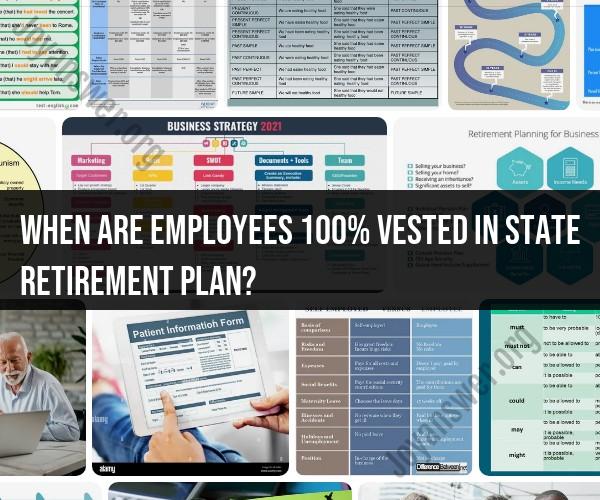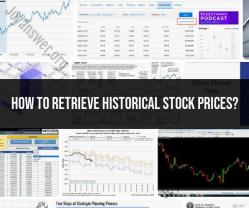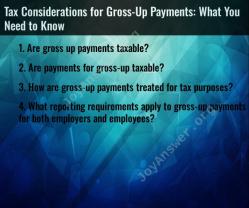When are employees 100% vested in state retirement plan?
The vesting period for state retirement plans, just like retirement plans in the private sector, can vary depending on the specific state and the rules of the retirement plan. Vesting refers to the amount of time a participant must work in the retirement system before they have full ownership of their retirement benefits. Once an employee becomes 100% vested, they are entitled to the full value of the benefits accrued in the retirement plan. Here are some common vesting schedules you might encounter in state retirement plans:
Immediate Vesting: In some state retirement plans, employees are immediately 100% vested in both their own contributions and any employer contributions made on their behalf. This means they have full ownership of their retirement benefits from the start of their participation.
Cliff Vesting: Under a cliff vesting schedule, employees become 100% vested after a specified number of years of service. For example, an employee might become fully vested after five years of service. Before reaching this milestone, they have no ownership of employer-contributed retirement benefits.
Graded Vesting: Graded vesting schedules provide employees with partial vesting rights over a period of time. For example, an employee might become 20% vested after two years of service, 40% vested after three years, and so on until reaching 100% vested after a certain number of years.
Combination Vesting: Some state retirement plans may use a combination of immediate vesting, cliff vesting, and graded vesting for different portions of the retirement benefits. For instance, employee contributions might be immediately vested, while employer contributions follow a cliff or graded vesting schedule.
The specific vesting rules and schedules can vary significantly between state retirement systems. It's important for employees to review the documentation provided by their state's retirement plan, which should outline the vesting schedule and eligibility criteria in detail.
It's also worth noting that vesting in a retirement plan may apply to different components of the plan, such as the employer's contributions, the employee's contributions, and any earnings or interest accrued on those contributions. Understanding these details is essential for employees planning their retirement and considering the implications of changing jobs or careers.












